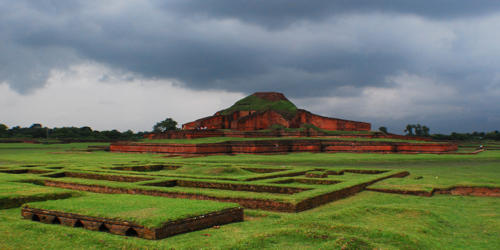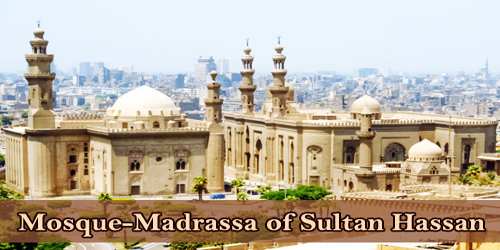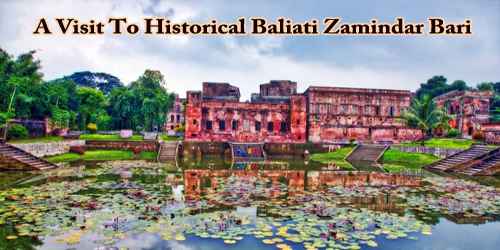A Visit to The Buddhist Vihara at Paharpur
Paharpur Vihara or Buddhist Vihara is also known as Somapura Mahavihara is one of the most famous Buddhist monasteries in South Asia. The Buddhist Vihara at Paharpur was founded in the 7th century. It is the largest single Buddhist monastery in the Indian Sub-continent and it is also known as the Somapura Mahavira, the great monastery. It is said to be the second-largest single Buddhist monastery south of the Himalayas. It was a renowned intellectual center from the 7th century until the 17th century. Its layout is perfectly adapted to its religious spirit and theme. This monastery-city represents a unique artistic achievement that has influenced Buddhist architecture as far away as Cambodia. It was made a WHS as a tribute to the Pala dynasty, which ruled Bengal and Bihar for 3,5 centuries from the middle of the 8th century. It was declared a World Heritage Site in 1985 on the 9th, session by the 21 members of international commitments. From the 12th century on, after numerous attacks by invaders, the monks left and the monastery buildings suffered decline and disintegration.
We, the second-year students went on a visit to Paharpur last month. It was a study tour aimed to gain knowledge about the glorious past of our country. We were 50 (fifty) en professor of History. We hired a bus and started our journey at 8 a.m from our college Acsalsoncpiautse We took arrangements for lunch. At 8 a.m, immediately after our breakfast, we started ours. journey.
We reached the site at 11 am. After having reached there, we started to explore the area. Our teachers advised us to take pen and paper to note down the historical information collected from the visit. The teachers advised us to observe the site very closely so that we could make a very substantial report after the tour.
Accordingly, we started to round up the place. We were filled with wonder when we found the architectural design of the monastery. The surrounding area was so attractively decorated that we were really amazed. The dormitory buildings, for the teachers and students, the academic buildings, and the building for religious prayer and discussion really surprised us. Inside the buildings, we found some sculptures made of stones, and the inscriptions on the sculptures were not very distinct for which we could not read it. Besides the Vihara, we found a museum. We entered the museum. We could see so many things from which we got much important and valuable information. We found many coins at that time. We also observed many utensils made of mud and bronze which were used by the students and teachers of the Vihara. The earthen pots, crockeries, and the daily necessaries used by the residents of the Vihara simply charmed us.
We had our lunch in the afternoon. We were really lost in our glorious and traditional past. We felt that before a thousand years we were also civilized. So it is not true that we were ignorant and uncivilized before a thousand years. We felt proud. With a happy mood, we started our return journey at 4 pm.
















